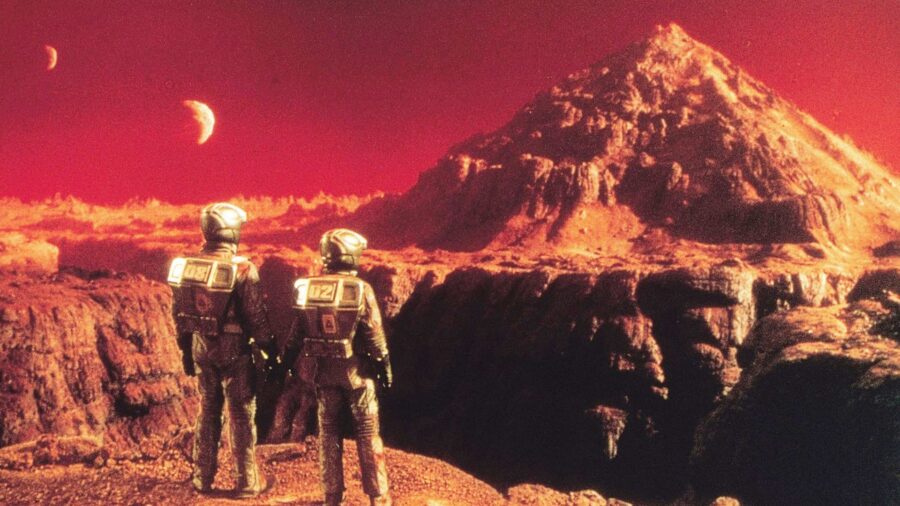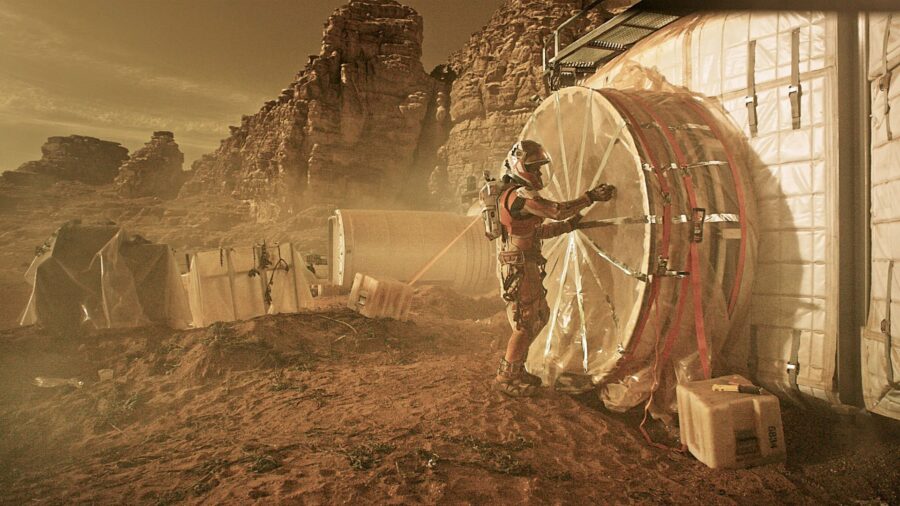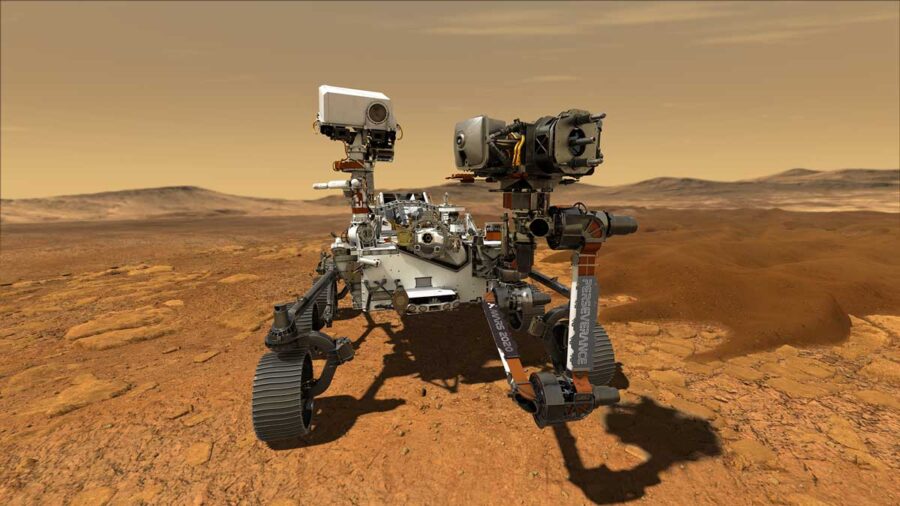Oxygen Created On Mars In A Game-Changing Moment

Hopefully, Humans will explore Mars one day, but they will need oxygen to do it. Recently, the NASA two-year experiment to create oxygen on the red planet came to an end, and the results were extremely positive. To conduct the experiment, NASA used a small device called MOXIE, or Mars Oxygen In-Situ Resource Utilization Experiment, attached to the Perseverance rover (via CNN).
NASA successfully created oxygen on the surface of Mars, laying the groundwork for humans to explore the red planet.
Shortly after the Perseverance rover touched down on the surface of Mars, the MOXIE got to work converting the planet’s carbon dioxide atmosphere into breathable oxygen. Since it began its mission, the MOXIE has produced 122 grams of oxygen, which NASA says is the equivalent to what a small dog breathes in 10 hours. This may not seem like a lot, but you have to imagine that a scaled-up version of the MOXIE could produce similar results.
According to NASA, the MOXIE produced 12 grams of oxygen per hour at peak efficiency at a purity of 98 percent or better, which is double NASA’s initial goals for the instrument. The instrument finished its mission on August 17 after running for the final time and completing its requirements.
Sustained astronaut missions to Mars will be helped by instruments like this, which will allow them to “live off the land,” as Trudy Kortes, director of technology demonstrations, Space Technology Mission Directorate at NASA headquarters, said in a statement.

The MOXIE is truly a cool little piece of technology, as it takes Mars’ 96 percent carbon dioxide atmosphere and divides up the carbon dioxide molecules. The MOXIE will take the carbon dioxide, which is one part carbon atoms and two parts oxygen, separate the oxygen, and release carbon monoxide as waste. The MOXIE was also made using heat-resistant materials, such as gold and aerogel, since the conversion process requires high temperatures.
According to NASA, the MOXIE produced 12 grams of oxygen per hour at peak efficiency at a purity of 98 percent or better…
There are numerous benefits from the MOXIE experiment that could help with future missions to the Moon and Mars. If MOXIE-like instruments can create larger quantities of oxygen, these instruments could help with life support systems and restore rocket fuel for returns to Earth or further journies out into the stars. Theoretically, these technologies will allow NASA to create a more robust presence on the moon and make exploration of Mars easier.

In order for a human-crewed expedition to explore Mars to work, the ship would have to carry thousands of pounds of fuel and oxygen, making the resource management of the trip more complicated and the journey much more expensive overall.
While producing oxygen on Mars is a first step, there’s still a lot of work to be done for a human-crewed expedition.
However, if oxygen and fuel could simply be produced at a lunar station or even on the red planet itself, the logistics of these types of missions would become much more straightforward and cost-effective. The success of the MOXIE experiment certainly makes humanity’s exploration of Mars one step closer than before.
Of course, there is still plenty of work to do before the first crewed mission to Mars. As Michael Hecht, MOXIE principal investigator at the Massachusetts Institute of Technology, points out, there are still other technologies that need to be tested. Still, progress is progress, and this is certainly one small step.











